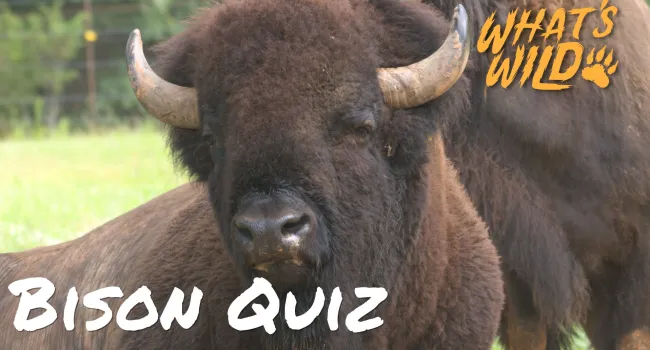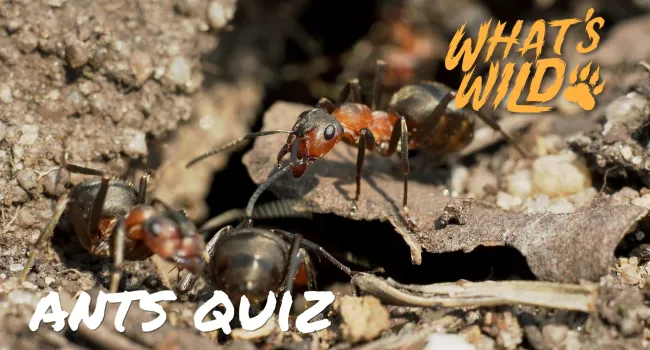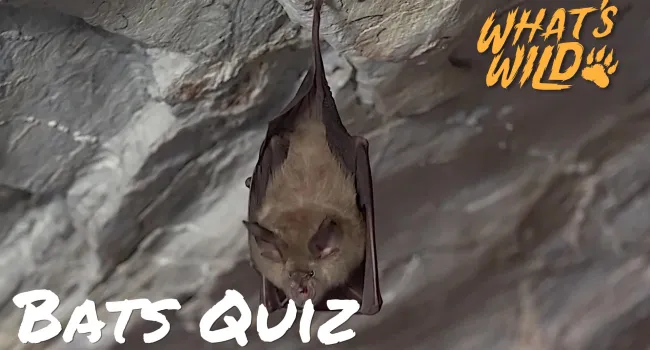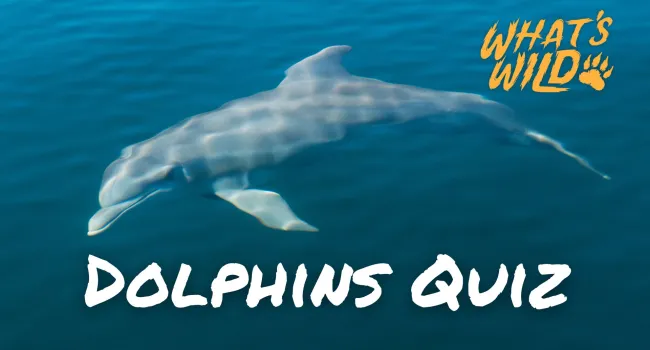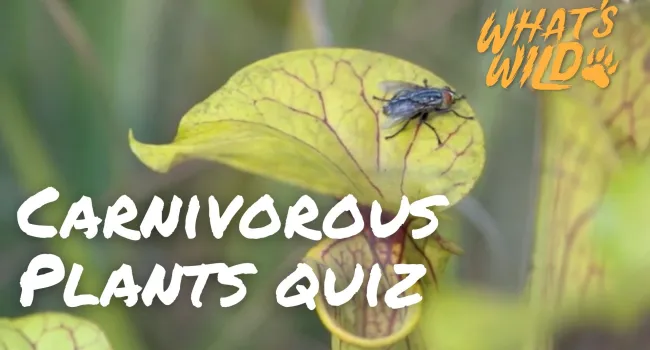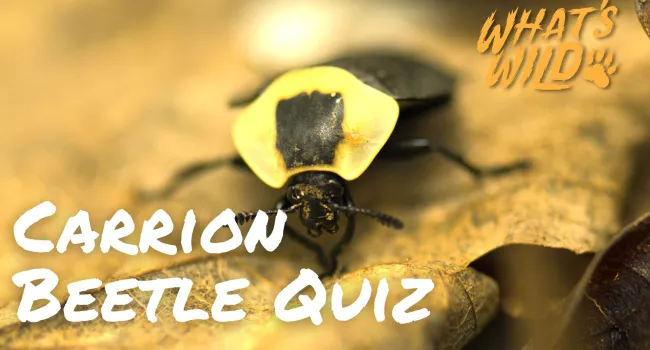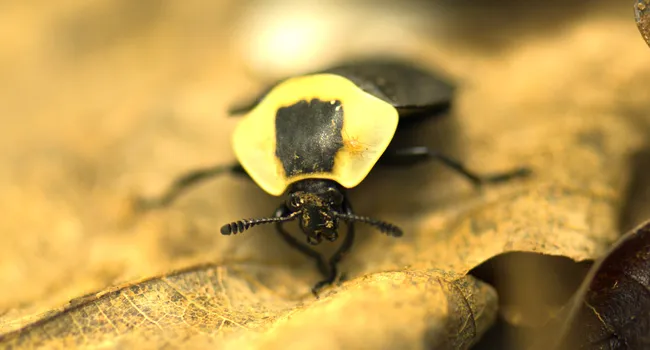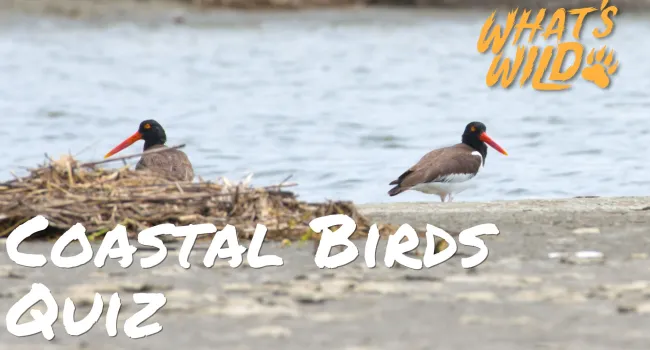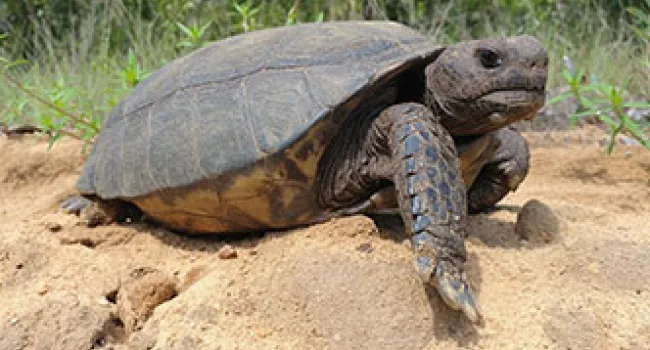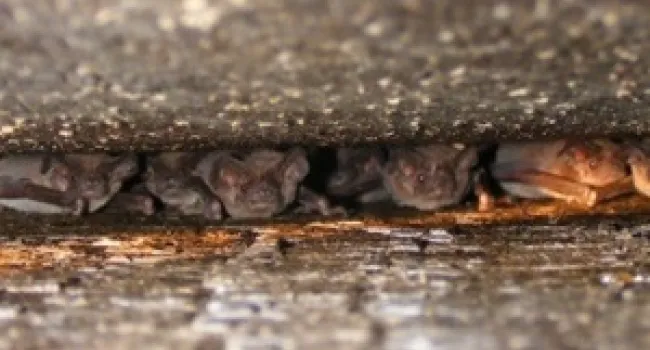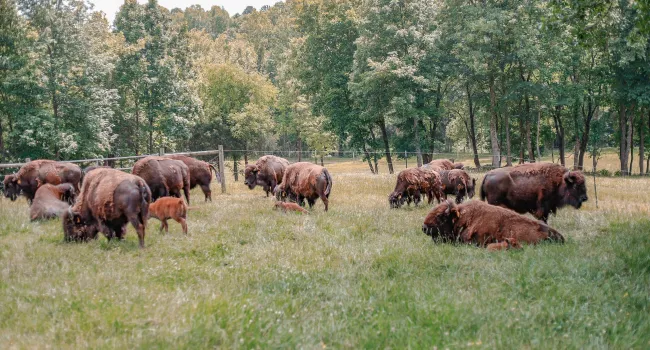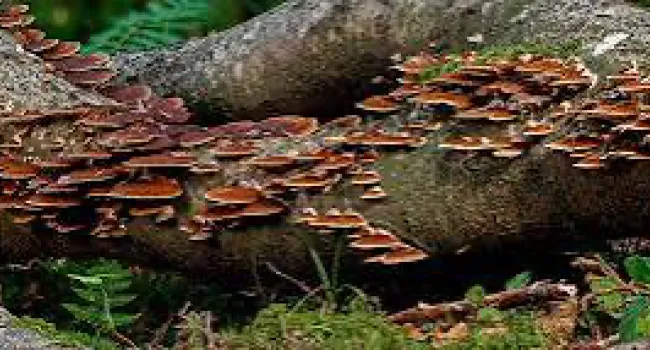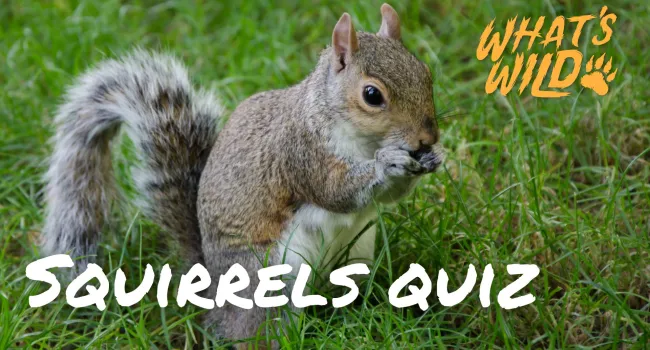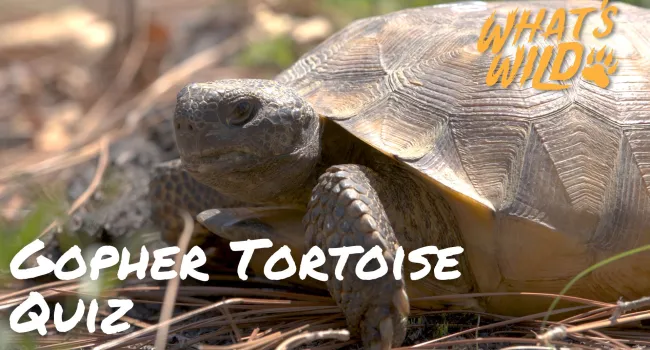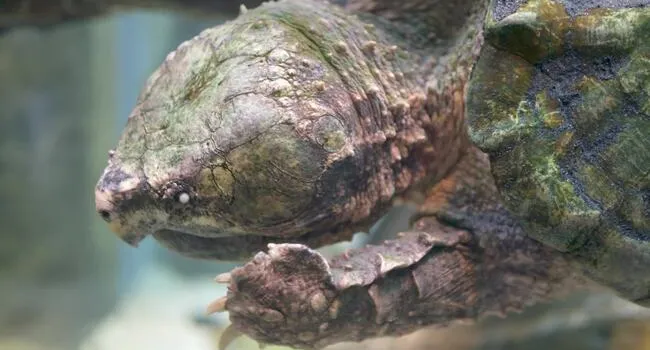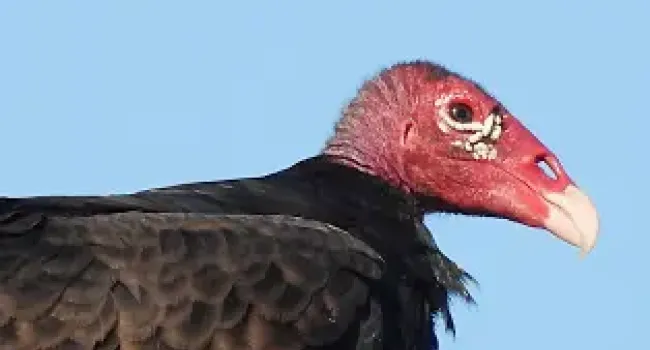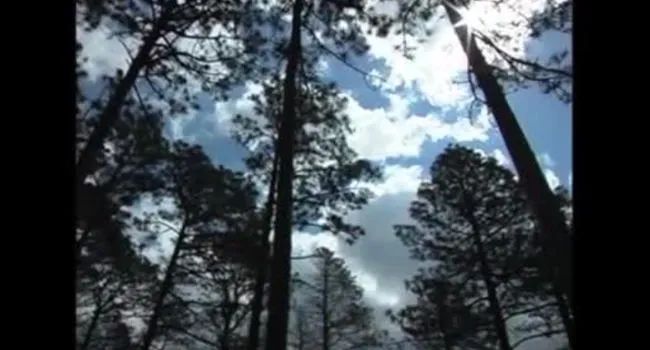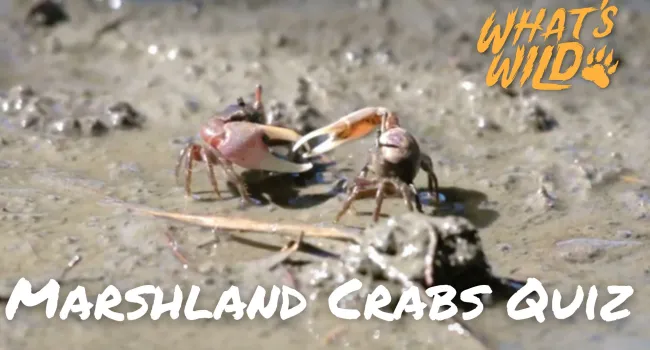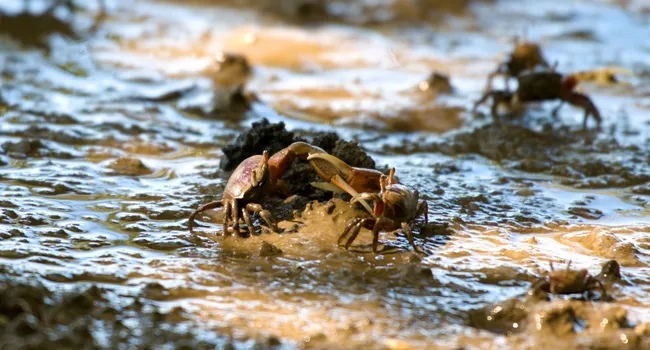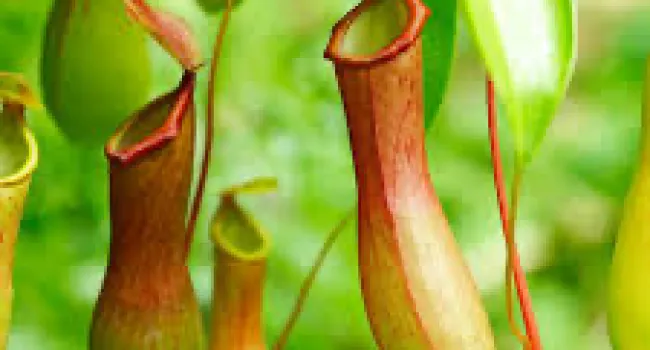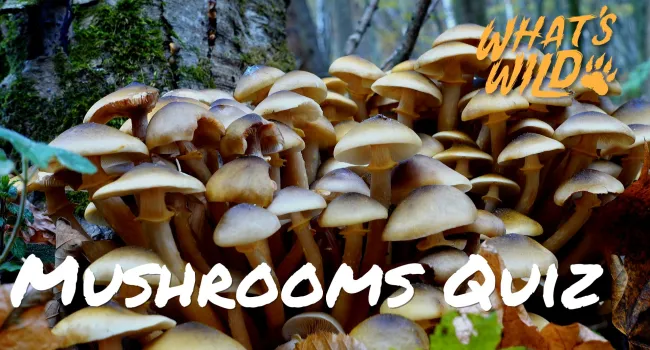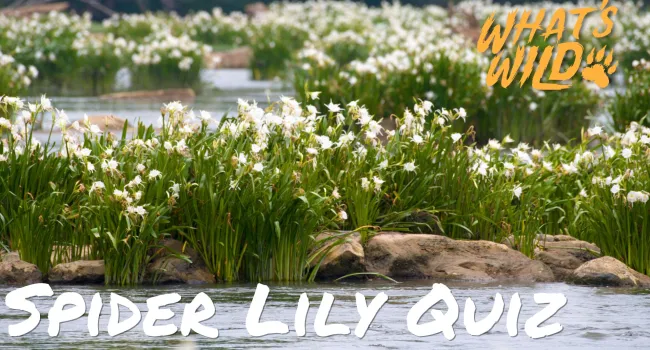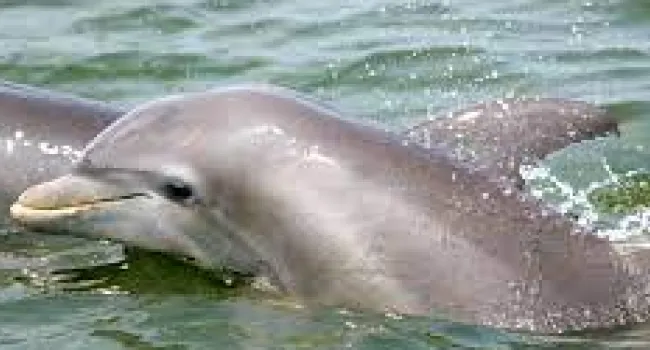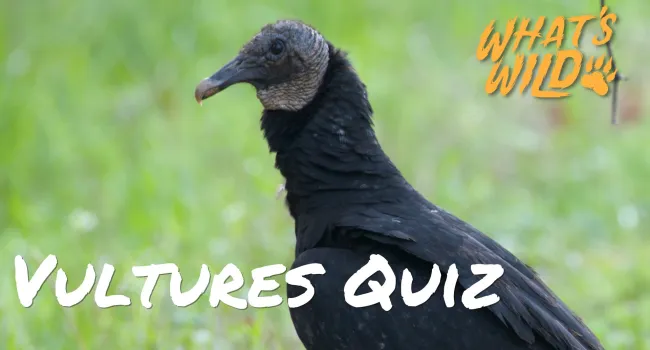In this episode of What's Wild, we're heading west to discover one of South Carolina's rarest amphibians. Found only in a few isolated areas, the Webster's Salamander is considered an endangered species and plays a vital role within its ecosystem. Check out what wildlife management is doing to help protect the species!
Standards
- 1-LS1-1 Use materials to design a solution to a human problem by mimicking how plants and/or animals use their external parts to help them survive, grow, and meet their needs.
- 4-LS1-1. Construct an argument that plants and animals have internal and external structures that function together in a system to support survival, growth, behavior, and reproduction.
- 7-LS2-1. Analyze and interpret data to provide evidence for the effects of resource availability on organisms and populations of organisms in an ecosystem
- 7-LS2-3. Develop a model to describe the cycling of matter and flow of energy among living and nonliving parts of an ecosystem.
- 3-LS4-4. Make a claim about the effectiveness of a solution to a problem caused when the environment changes and affects organisms living there.
- 7-LS2-5 Evaluate competing design solutions for maintaining biodiversity and ecosystem services.
- 3-LS3-1. Analyze and interpret data to provide evidence that plants and animals have inherited traits that vary within a group of similar organisms.
- 3-LS3-2 Use evidence to support the explanation that traits can be influenced by the environment.
- 1-LS3-1 Make observations to support an evidence-based claim that most young are like, but not exactly like, their parents.
- 3-LS4-3. Construct an argument with evidence that in a particular habitat some organisms can thrive, struggle to survive, or fail to survive.
- 8-LS4-6 Use mathematical representations to support explanations of how natural selection may lead to increases and decreases of specific traits in populations over time.
- B-LS4-4. Construct an explanation based on evidence for how natural selection leads to adaptation of populations
- B-LS4-6 Create or revise a simulation to test a solution to mitigate adverse impacts of human activity on biodiversity.
- 2-LS4-1. Make observations of plants and animals to compare patterns of diversity within different habitats.
- B-LS2-7 Design, evaluate, and refine a solution for reducing the impacts of human activities on biodiversity and ecosystem health.
Resources
You need to be logged in to listen to view this content. Create an account now; it's quick, easy, and free!
Log In to View

